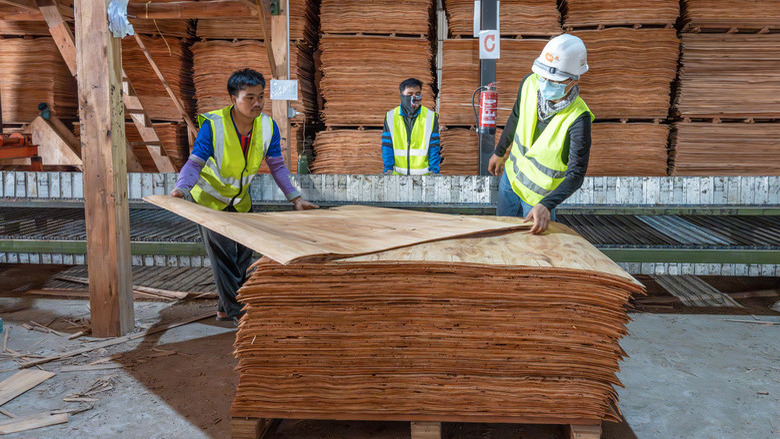The World Bank in the Lao PDR began a series of Rapid Monitoring Phone Surveys in 2020 to monitor the social and economic impacts of COVID-19 on Lao households. Surveys have continued after the pandemic so that data is available on the country’s ongoing economic challenges. These surveys are now funded by the Australian government and the European Union through the Lao PDR Third Public Financial Management Reform Program, implemented by the World Bank. The tenth and latest survey round ran from January 22 to February 23, 2025.
Despite recent improvements in the Lao economy, imbalances persist and significant challenges remain. In 2024, economic growth was estimated at 4.1%, driven by sectors such as tourism, transport, electricity, mining, agriculture, and manufacturing. However, growth has not yet returned to pre-COVID-19 levels. The kip depreciated by 6% against the US dollar on the official market, indicating reduced pressure and greater stability compared to the 18% depreciation recorded in 2023.
Although it remains in double digits, year-on-year inflation has steadily declined from a peak of 41.3% in February 2023 to 11.2% in March 2025. A prolonged period of high inflation and currency depreciation has reshaped the labor market, eroded household living standards, accelerated outmigration, and undermined human capital development in the Lao PDR. Despite a recent slowdown in inflation, pressure from cumulative price increases continues to build on householdsThis webpage provides links to the results of all survey rounds, plus a report on public service delivery and citizen expectations from the government response to COVID-19, drawing mainly on results from the second survey round. Round 6 was accompanied by a qualitative survey, conducted in late 2022 to provide a better understanding of how rural people perceived the economic and social impacts of both the COVID-19 pandemic and the deteriorating economic situation, particularly spiraling inflation.
The survey questionnaire is designed to cover themes such as access to staple foods, food insecurity, employment, the impact of inflation on households, family businesses and farms, economic activities and income, coping mechanisms, and access to social assistance. The results of further rounds of the survey will be published as they become available.


